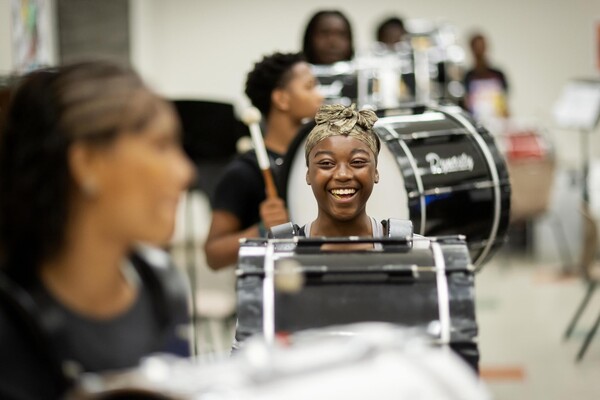
Image: Aditya Irawan/NurPhoto via AP Images
Would having your exercise performance compared to that of your peers motivate you do more? A new study suggests it might. And adding a financial incentive would only sweeten the deal even more. Comparing performance to average peers (the 50th percentile), and offering financial incentives was the most effective method for increasing physical activity among teams of employees, according to new research from the Perelman School of Medicine at the University of Pennsylvania. The study shows that different combinations of social comparison feedback and financial incentives can lead to a significant difference in outcomes within workplace competitions. Results are published today in theAmerican Journal of Health Promotion.
“Many employers are using workplace competitions and financial incentives to encourage physical activity and other healthy behaviors among their employees.” said lead author Mitesh S. Patel, MD, MBA, MS, an assistant professor of Medicine and Health Care Management at the Perelman School of Medicine and the Wharton School, and a staff physician at the Crescenz VA Medical Center. “Our findings demonstrate that careful testing can help make these efforts more successful by applying concepts from behavioral economics and combining social and financial incentives.”
In the study, 288 employees, grouped into teams of four, were asked achieve at least 7,000 steps per day. Participants used a smartphone app to track their steps, and each week received feedback on how their steps – and their team’s – stacked up to peers.
In two arms, teams were told how they did compared to the average (the 50th percentile). One of these arms also received financial incentives while the other did not. In the other two arms, teams were told each week how their performance compared to the top quartile (the 75th percentile). One of these arms also received financial incentives while the other did not. In the financial incentive arms, each week, each team member had an 18 percent chance of winning $35 and 1 percent chance of winning $350, but they could only collect the winnings if they won the lottery and their team averaged at least 7,000 steps during the past week. Financial incentives were offered for 13 weeks and then participants were followed for an additional 13 weeks. Social comparisons feedback was delivered for the entire 26 weeks.
Results of the study revealed that employees who received feedback comparing their performance to the average participant (the 50th percentile) and financial incentives achieved exercise goals at the highest rate(45 percent of the time) during the intervention period. Employees who received feedback compared to the top performers and incentives achieved the goal 38 percent of the time, followed by those who were compared to the average participant but did not receive incentives, (30 percent). The team who received feedback comparing their performance to the 75th percentile and did not receive financial incentives achieved their goals only 27 percent of the time.
Katie Delach

Image: Aditya Irawan/NurPhoto via AP Images

nocred

Image: Michael Levine

A West Philadelphia High School student practices the drum as part of a July summer program in partnership with the Netter Center for Community Partnerships and nonprofit Musicopia.
nocred